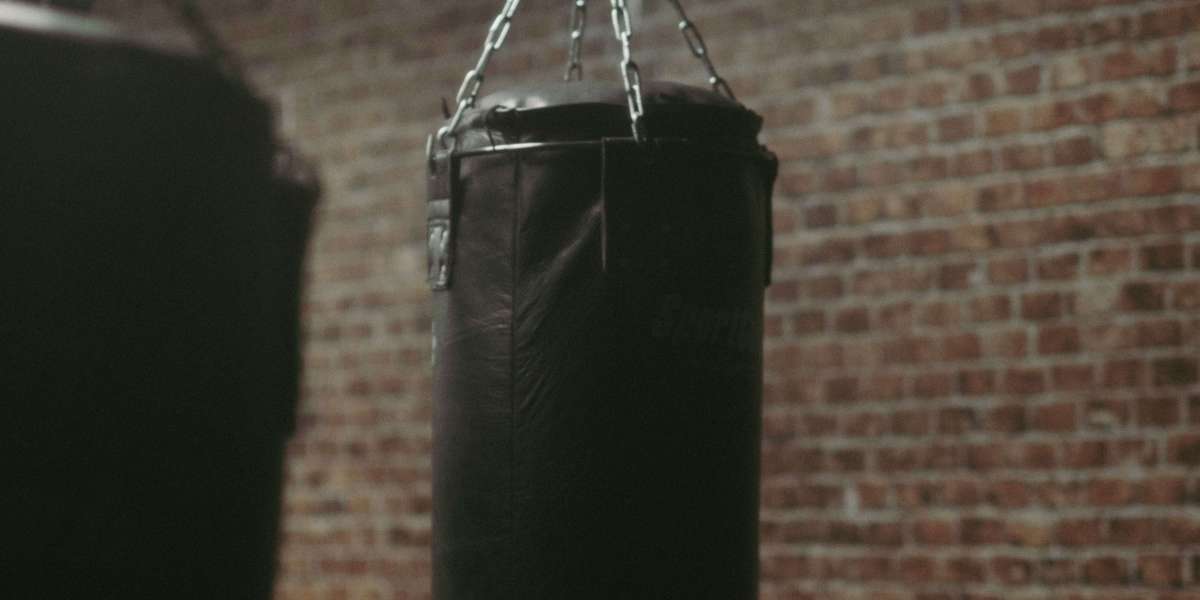Starting a boxing training business can be one of the most rewarding ventures for fitness enthusiasts and athletes. With the rising trend of combat sports and high-intensity workouts, boxing has become a popular fitness choice for people of all ages. The good news is—you can turn your passion for boxing into a profitable business with the right strategy, equipment, and execution.
Key Takeaways
- Starting a boxing business requires strategy, passion, and the right equipment.
- Proper space planning and professional environment make clients trust your services.
- The punching bag is the heart of your setup—choose it wisely and ensure strong mounting.
- Marketing efforts should focus on transformation stories, high-energy promotions, and social proof.
- Profitability increases when you diversify your offerings through coaching programs, equipment sales, and digital training options.
Why Starting a Boxing Fitness Business is a Great Idea
Boxing offers full-body training, improves cardiovascular health, builds muscle tone, sharpens mental awareness, and teaches self-defense. Unlike traditional gyms that rely on machines, a boxing studio requires minimal equipment and space. Demand for personalized combat training, weight-loss boot camps, and endurance improvement programs has significantly increased, making this business highly profitable.
People today want intense, result-oriented workouts that keep them engaged. Boxing does exactly that while making fitness exciting. With minimal startup investment and high returns, now is the perfect time to launch your boxing training business. A complete guide on How to Start Boxing Training Business
Step 1: Define Your Business Concept
Before investing, clearly decide how you want to operate. Some successful business models include:
- A dedicated combat sports gym
- A personal or small-group boxing studio
- Home-based boxing coaching setup
- Mobile or on-demand boxing coaching
- Virtual fitness training through live or recorded sessions
Understanding your business format will help you plan space, budget, and marketing accordingly.
Step 2: Select the Appropriate Space
Space requirements depend on your business model. A small studio or home training area can function well with around 200 to 300 square feet if you're training individuals. For small groups, 500 to 800 square feet is comfortable. A complete boxing gym with multiple training stations may require over 1000 square feet.
The training area should have non-slip, shock-resistant flooring and good ventilation. Make sure there’s enough room for equipment movement and client safety.
Step 3: Choosing the Right Punching Bag
One of the most critical investments in your boxing business is the punching bag. Selecting the right bag not only enhances training quality but also prevents injuries. For detailed guidance, check this resource: Punching Bag with Mount
Here are the most important factors:
- Weight: Bags between 80 to 120 pounds are ideal for adults. Beginners may start with 70–90 pounds.
- Material: Leather offers long-lasting durability, while high-quality synthetic leather is a cost-effective alternative.
- Type: Traditional hanging bags are perfect for professional training. Free-standing bags work for beginners but lack movement realism.
Mount System: Invest in a sturdy wall or ceiling mount. Poor mounting results in instability and damage over time.
Step 4: Essential Boxing Equipment
Besides punching bags, you will need gloves, wraps, speed bags, timers, training mats, strength conditioning tools, and if possible, a small ring or sparring zone. Always keep a first aid kit and hydration setup for trainees. Using high-quality gear reflects professionalism and reduces potential injuries.
Step 5: Licensing, Insurance & Certifications
Obtain local business registration and follow fitness studio safety regulations. Insurance is important to cover accidental injuries during training. Hire trainers with boxing or sports coaching certifications to maintain training quality and credibility.
Step 6: Marketing Your Boxing Business for Maximum Impact
Effective promotion can drive clients quickly. Use:
- Social media marketing through Instagram, TikTok, and Facebook
- Workout challenge campaigns (e.g., "30-Day Boxing Transformation")
- Local gym partnerships
- Influencer collaboration
- First-class free session promotions
Also, create a Google My Business profile and list your studio for local visibility. Offer trial sessions and transformation-based training packages for customer retention.
Step 7: Create Profitable Business Streams
To maximize profits:
- Offer personalized training plans
- Introduce group classes with discounted rates
- Sell boxing equipment and merchandise
- Create online training modules
- Host fitness workshops or competitions
By diversifying revenue sources, you can build long-term profitability and brand loyalty.
Challenges and How to Overcome Them
Every startup faces obstacles. Here are the most common ones and how to handle them:
- Client Retention: Create transformation-based programs with visible progress tracking.
- Injuries: Educate clients on technique and ensure equipment safety.
- Competition: Offer specialized training experiences such as boxing-based weight-loss routines or stress relief sessions.
- Trainer Quality: Always hire certified and experienced trainers to maintain credibility.
Conclusion
Launching a boxing training business is an excellent opportunity to combine passion with profit. With proper planning, quality equipment, and strategic marketing, you can build a loyal customer base and grow your brand rapidly. The punching bag and mounting setup significantly impact performance and safety, so choose them carefully.
FAQs
Q. Can I run a boxing training business from home?
Yes, you can start a home-based setup if you have adequate space and proper flooring. Many trainers run successful online coaching sessions from home studios.
Q. What is the best punching bag weight for training studios?
A punching bag between 80 and 120 pounds suits most adults and allows for intense training. Beginners may use lighter options.
Q. How much can I earn monthly from a boxing training business?
With quality training and good marketing, you can earn anywhere from $2,000 to over $10,000 per month depending on client volume and service packages.
Q. Do I need to be a professional boxer to start this business?
No, but having training experience or hiring certified trainers is crucial. Professional certifications increase trust.
Q. Why is punching bag mounting so important?
A weak mount can lead to injuries and equipment damage.



